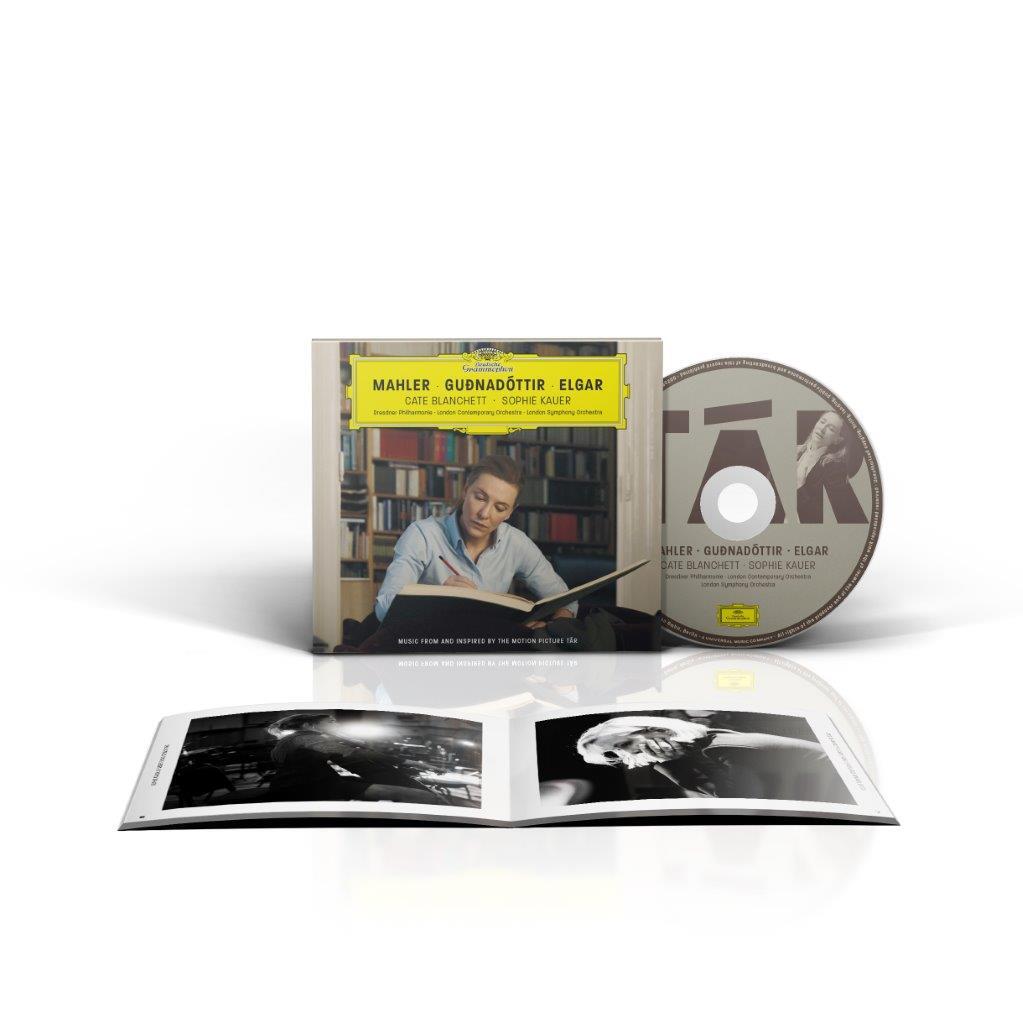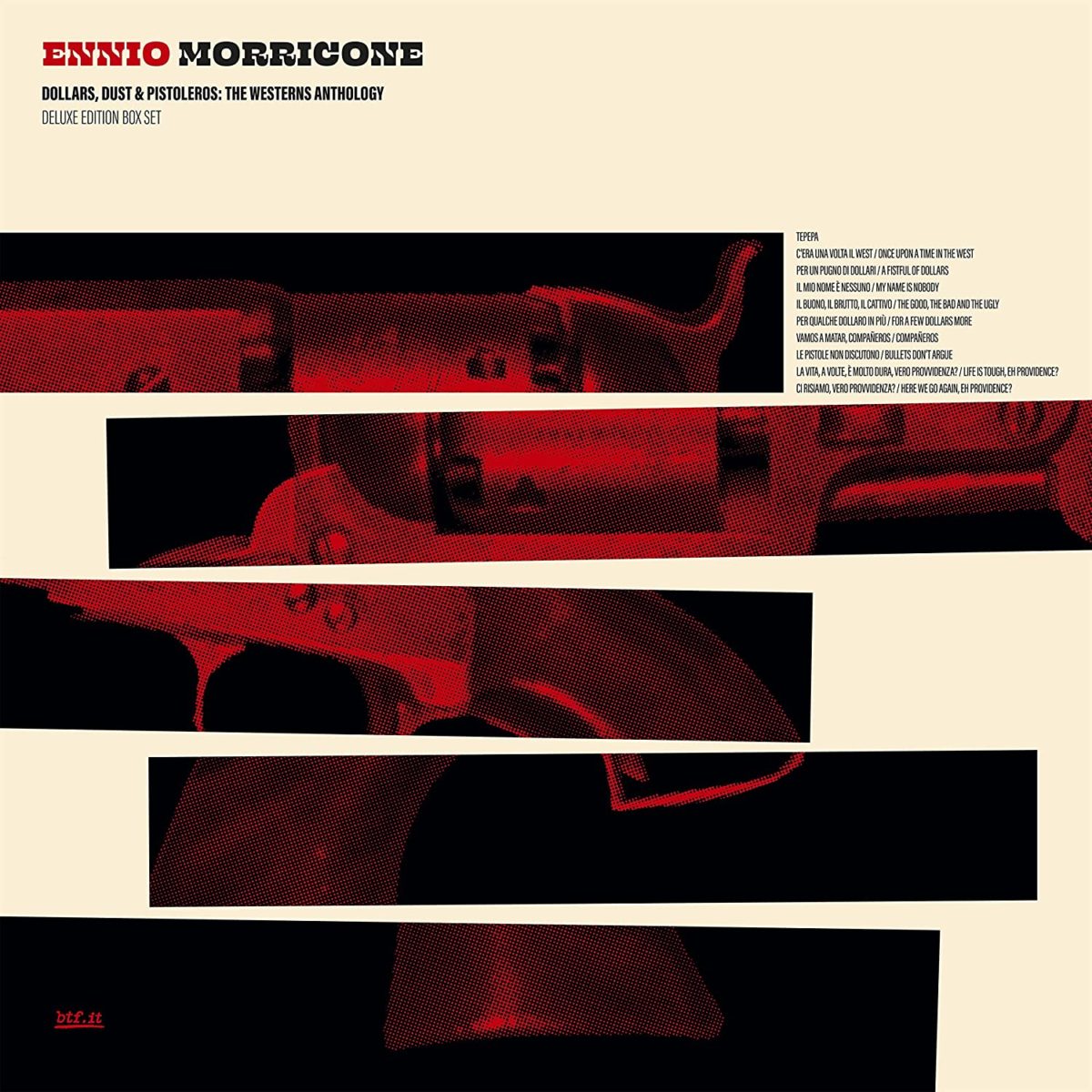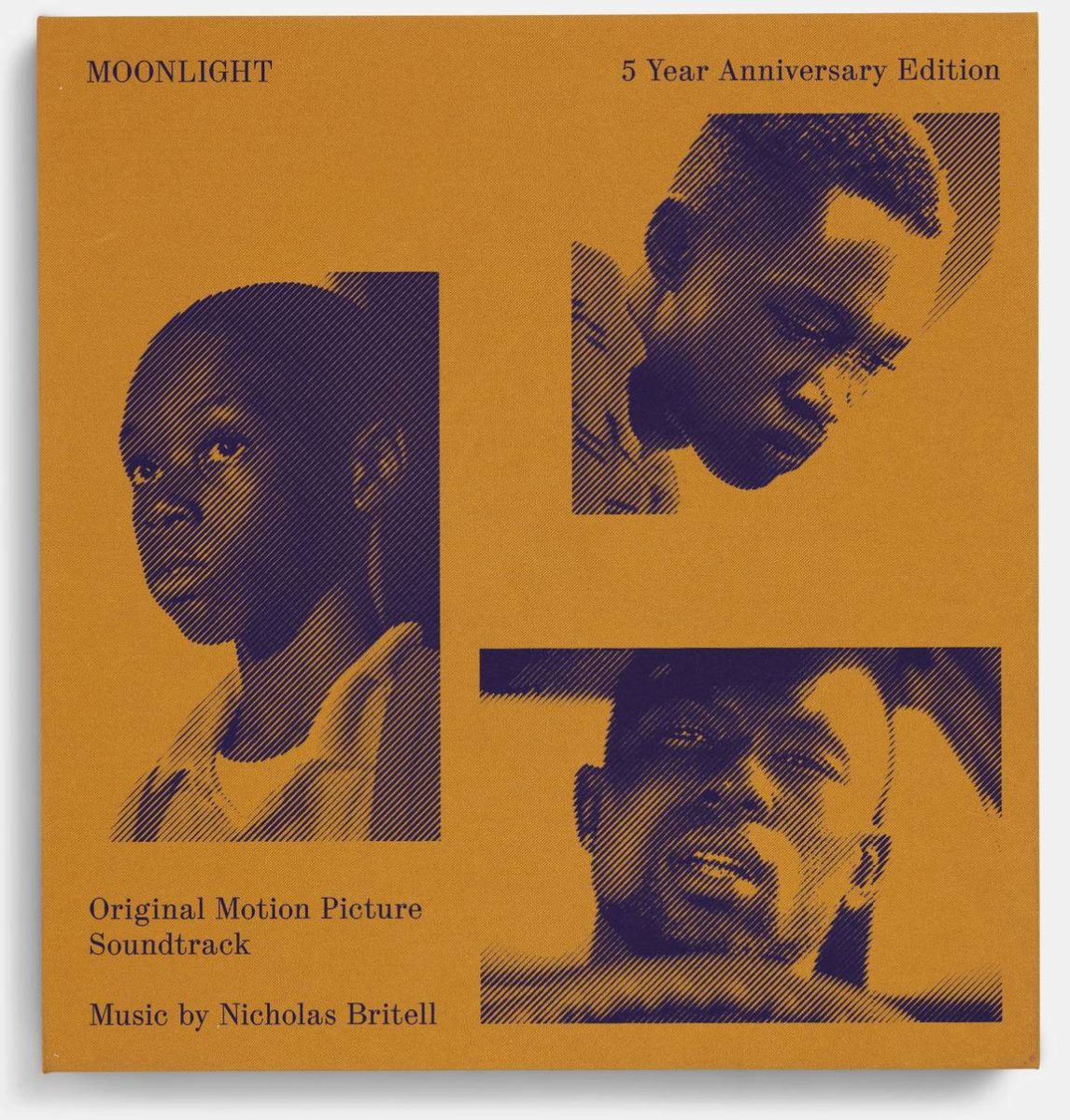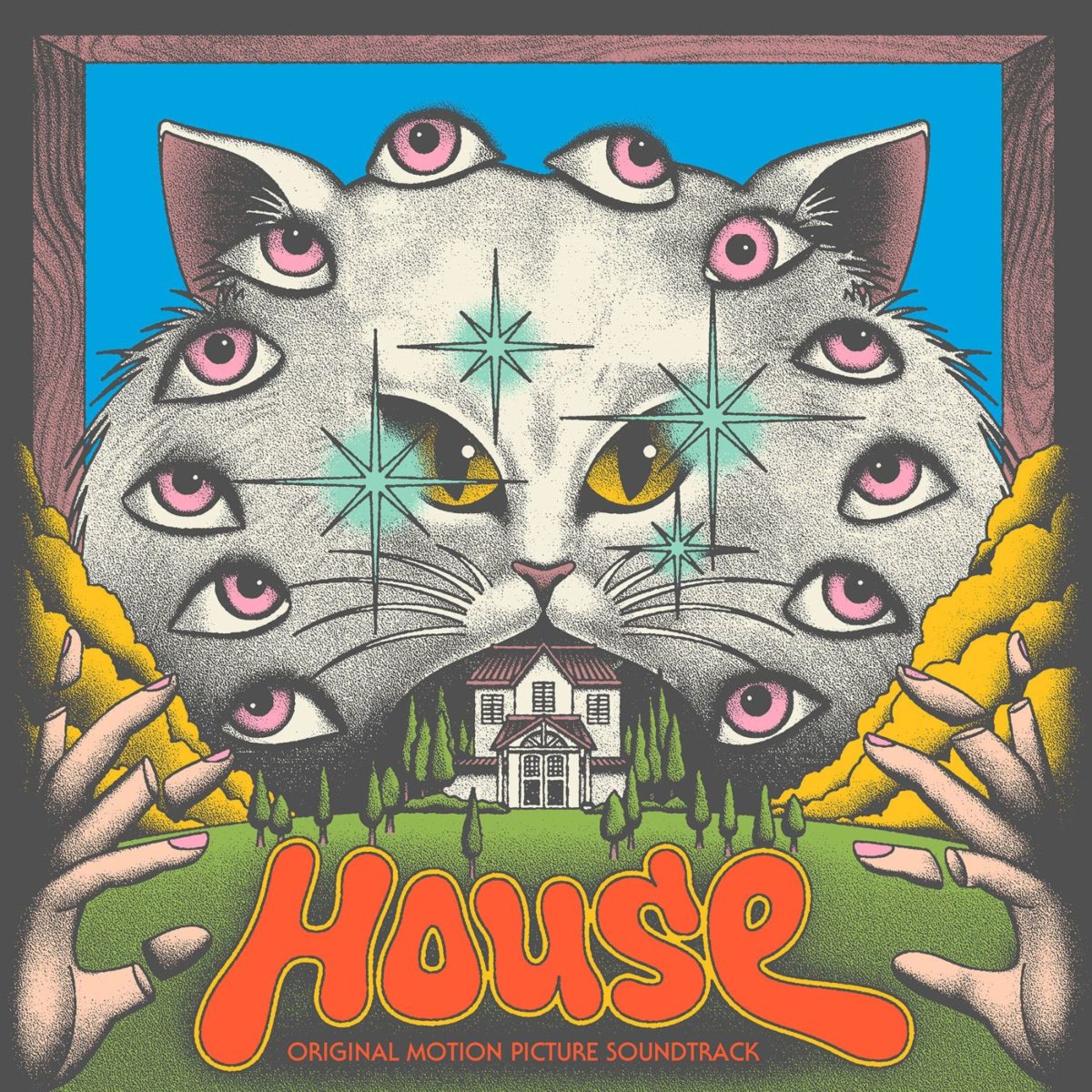The holidays are upon us, so whether you looking for film-related gifts or simply want to pick up some of the finest the year had to offer in the category for yourself, we have a gift guide for you. Including must-have books on filmmaking, the best from the Criterion Collection, Kino Lorber, and more home-video picks, subscriptions, magazines, music, and more, dive in below.
Giveaways
In celebration of our holiday gift guide, we’ll be doing a number of giveaways! Next up, we’re giving away My First Movie, a three-part ‘lil cinephile series by Cory Everett and illustrator Julie Olivi, featuring My First Giallo Horror, My First French New Wave, and My First Film Noir.
Enter on Instagram (for My First Giallo Horror), Twitter (for My First French New Wave), and/or Facebook (for My First Film Noir) by Monday, December 19 at 11:59pm ET. Those that enter on all three platforms will also be entered to win the complete three-part volume! Shipping to U.S. only.
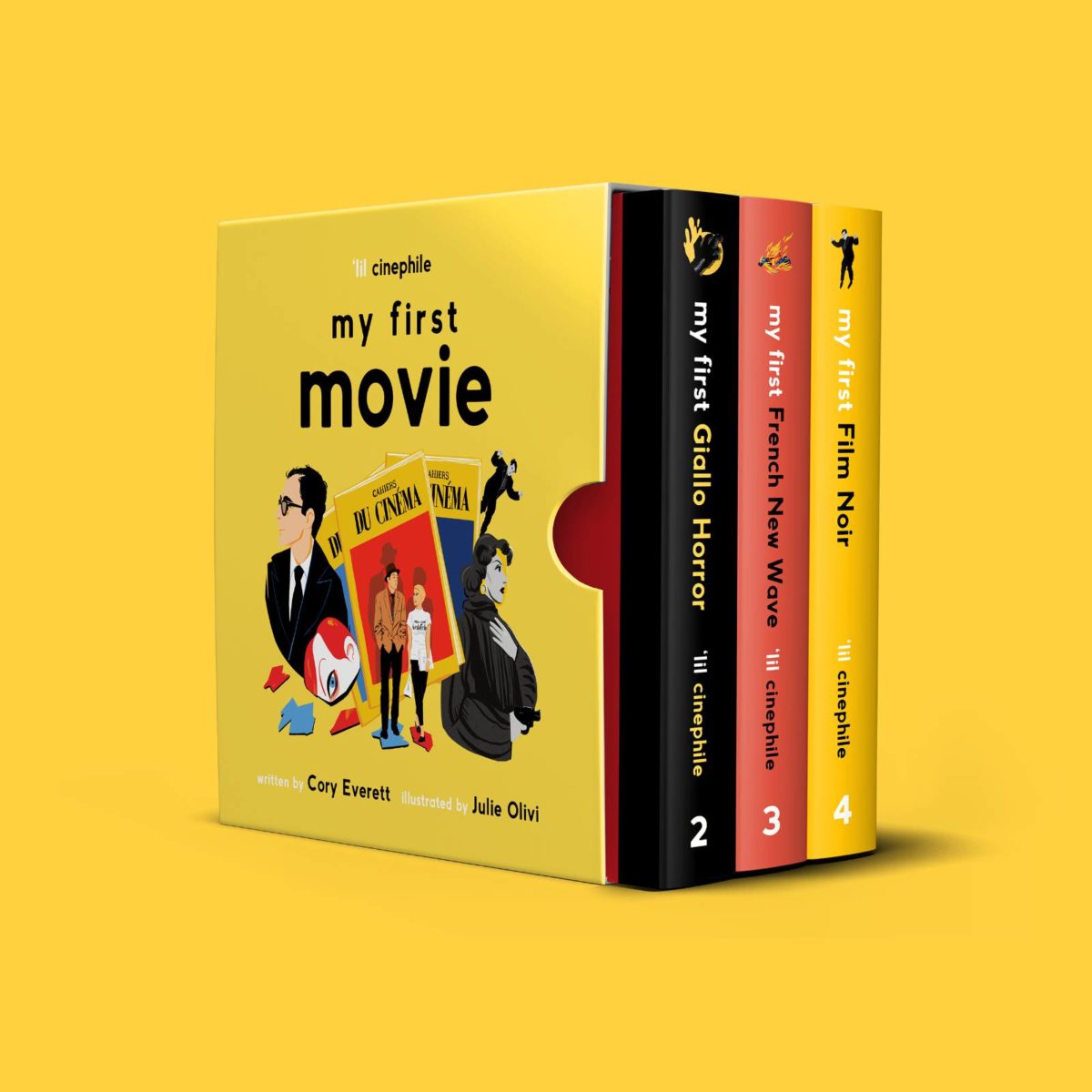
4Ks & Blu-rays
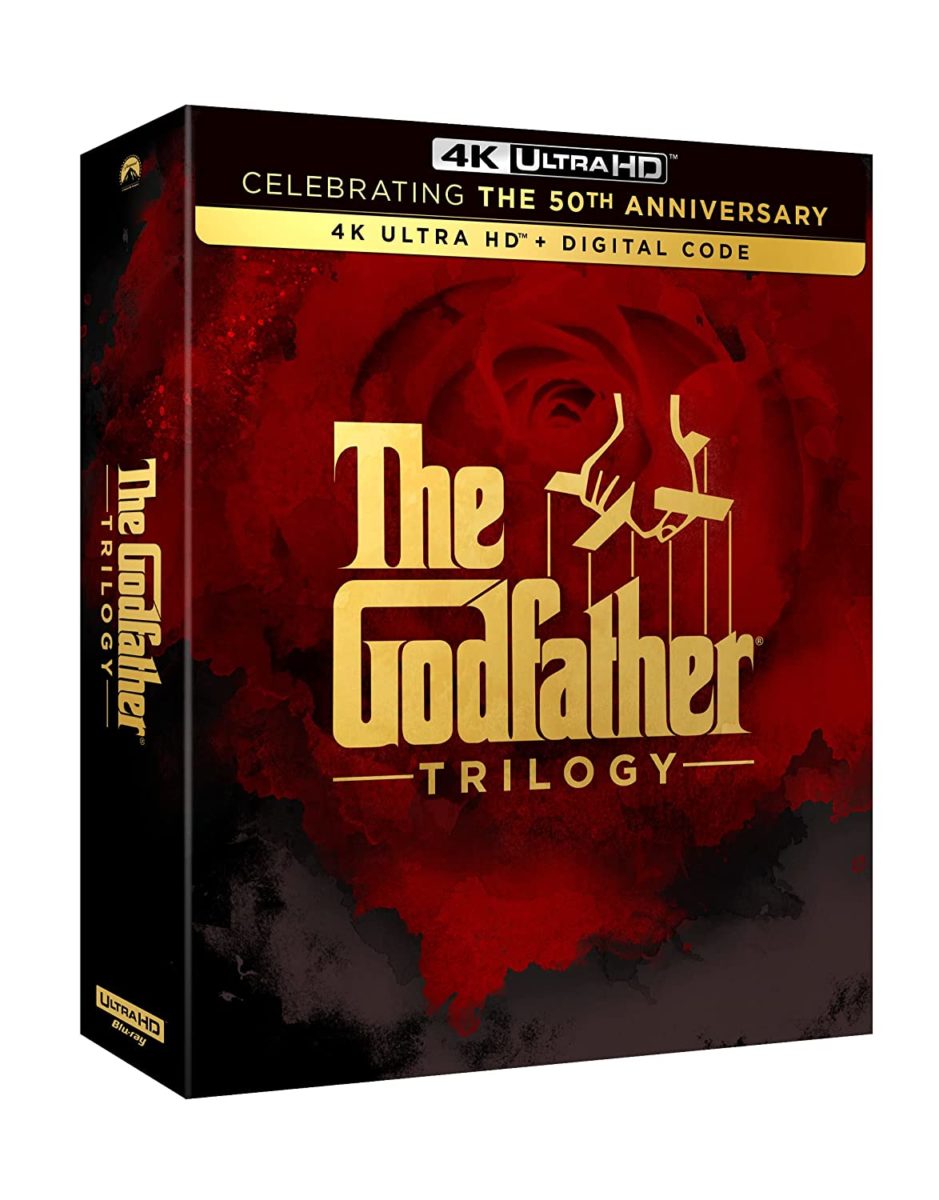
There’s no better gift than an epic film collection and this year was an embarrassment of riches thanks to new 4K releases. There’s the perennial holiday viewing that is Francis Ford Coppola’s The Godfather Trilogy, now in 4K, as well as George Miller’s Mad Max 4-Film Anthology, and Sam Raimi’s Spider-Man Trilogy. If you’re looking for some classic Hollywood picks, don’t miss The Alfred Hitchcock Classics Collection and the Universal Classic Monsters: Icons of Horror Collection.
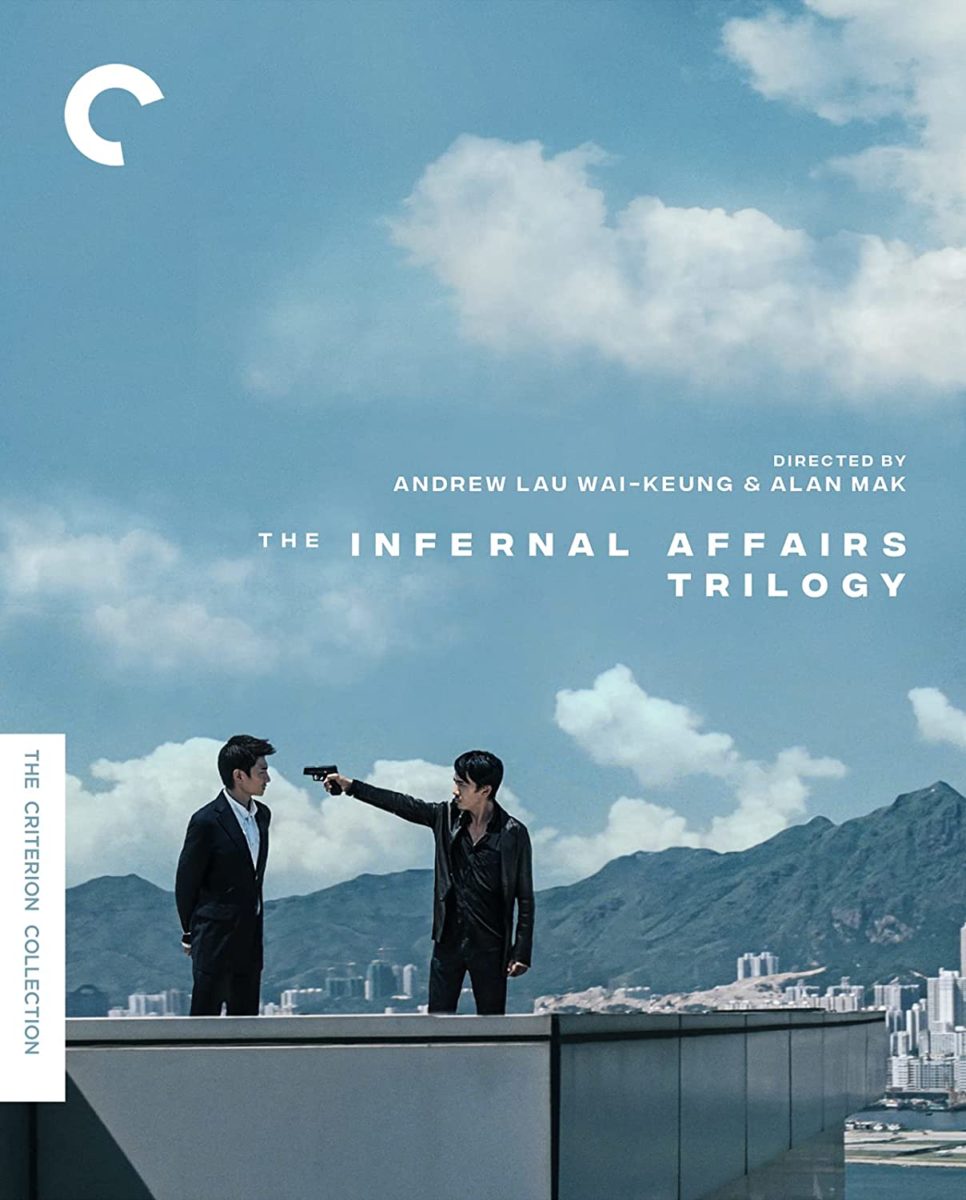
On the international Blu-ray side, Criterion has three must-own sets: Martin Scorsese’s World Cinema Project No. 4 (featuring the astounding, long-lost Chess of the Wind), the just-released The Infernal Affairs Trilogy, and the soon-to-be-released Michael Haneke Trilogy. Perhaps the most vital restorations of the year hail from a Hungarian master with Kino Lorber’s Miklós Jancsó Collection. And you can never go wrong with more from one of our most prolific directors with Cinema Guild’s Three Films by Hong Sangsoo set, featuring Oki’s Movie, Our Sunhi, and Nobody’s Daughter Haewon.
For more, check out our picks of the best individual releases throughout the year below, which are Blu-ray unless otherwise noted.
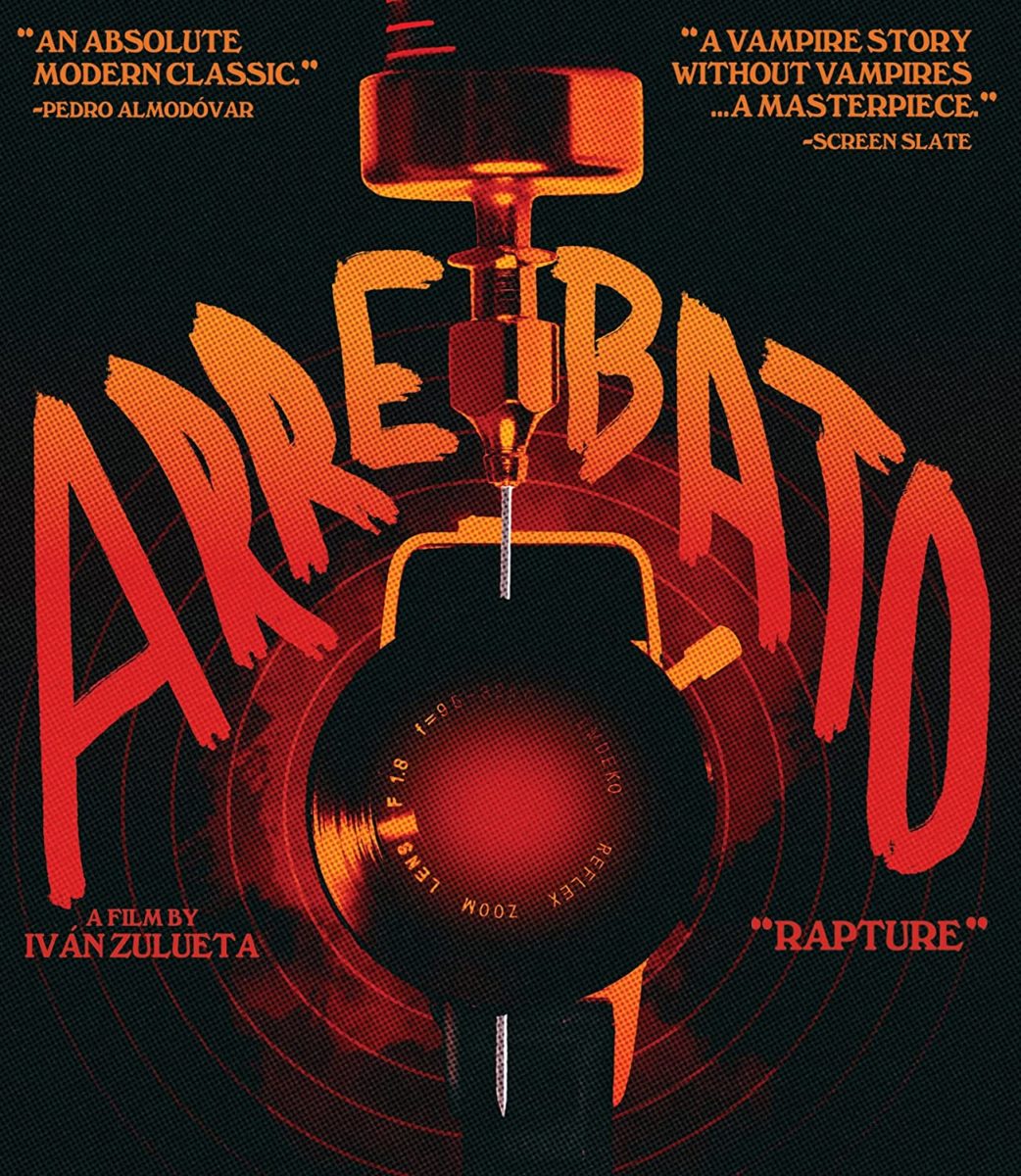
- Adaptation (4K)
- After Yang
- Alain Resnais: Five Short Films
- Almost Famous (4K)
- Ambulance (4K)
- The Apartment (4K
- Army of Darkness (4K)
- Arrebato
- Arsenic and Old Lace (4K)
- Benedetta
- Blow Out (4K)
- Both Sides of the Blade
- The Bridge on the River Kwai (4K)
- Buck and the Preacher
- Bram Stoker’s Dracula (4K)
- Cat People (4K)
- Carrie (4K)
- Casablanca (4K)
- The Celebration
- Le cercle rouge (4K)
- Clifford
- The Clock
- Le corbeau
- Crawl (4K)
- Crimes of the Future
- Cure
- Daddy Longlegs
- Daisies
- Deep Red (4K)
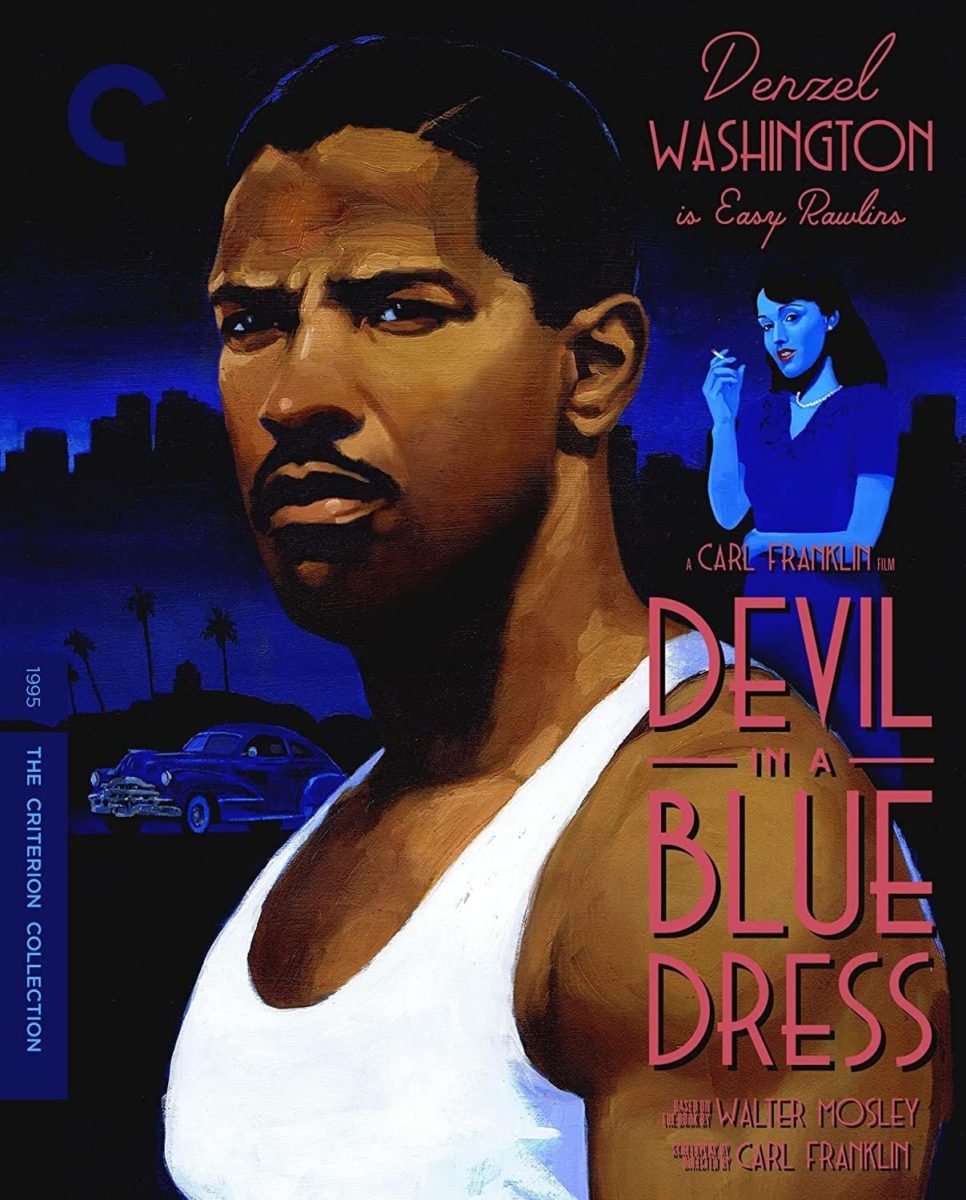
- Devil in a Blue Dress
- Distant
- Double Indemnity (4K)
- Dressed to Kill (4K)
- Drive My Car
- Eastern Promises (4K)
- Escape from Alcatraz (4K)
- E.T. the Extra-Terrestrial (4K)
- Eternal Sunshine of the Spotless Mind (4K)
- Exotica
- Eve’s Bayou
- The Fabulous Baker Boys
- Fandango
- Faya Dayi
- Femme Fatale
- A Fistful of Dollars (4K)
- For a Few Dollars More (4K)
- Frownland
- The Girl and the Spider
- The Girl Can’t Help It
- Gold Diggers of 1933
- The Great Escape (4K)
- Ham on Rye
- Hard Target (4K)
- Heat (4K)
- Hester Street
- High Plains Drifter (4K)
- Hôtel du Nord
- In Bruges (4K)
- In Front of Your Face
- Introduction
- Invasion of the Body Snatchers (4K)
- Killer’s Kiss (4K)
- The Killing (4K)
- The Last Detail (4K)
- The Last Waltz (4K)
- Lawrence of Arabia (4K)
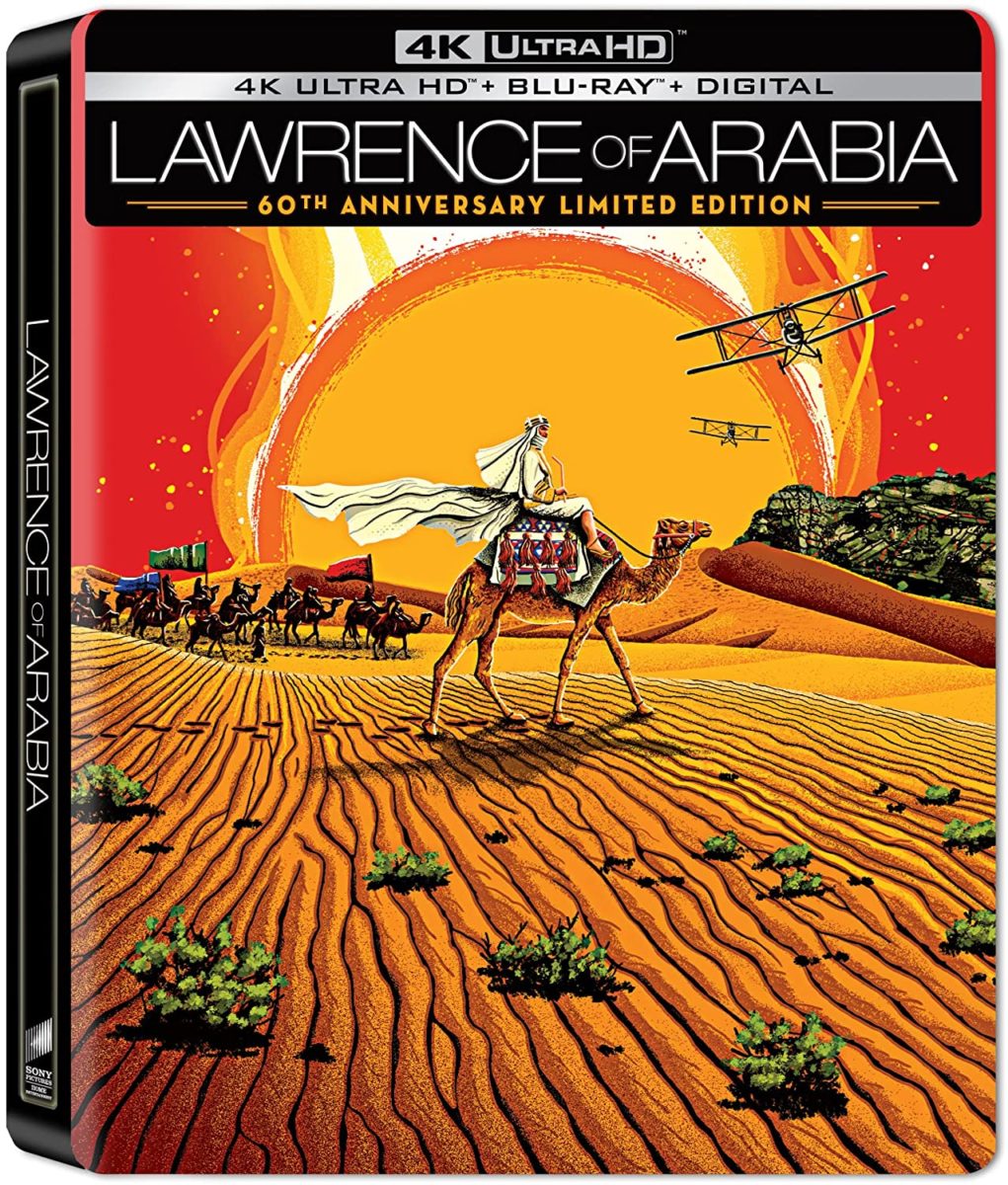
- Licorice Pizza
- Live Die Repeat (4K)
- Looper (4K)
- Lost Highway (4K)
- Love Affair
- Mad God
- Malcolm X (4K)
- The Man Who Shot Liberty Valance (4K)
- The Matrix Resurrections (4K)
- Marty
- Miller’s Crossing
- Miracle in Milan
- Mississippi Masala
- Morven Callar
- Murina
- Mr. Klein
- Night of the Living Dead (4K)
- Nobody’s Fool (4K)
- Out of the Blue (4K)
- Out of Sight (4K)
- Paths of Glory (4K)
- Phenomena (4K)
- The Piano (4K)
- The Power of the Dog (4K)
- Pulp Fiction (4K)
- Pushing Hands
- Raging Bull (4K)
- Reservoir Dogs (4K)
- RoboCop (4K)
- Rouge
- Singin’ in the Rain (4K)
- Spider
- Starship Troopers (4K)
- Summertime
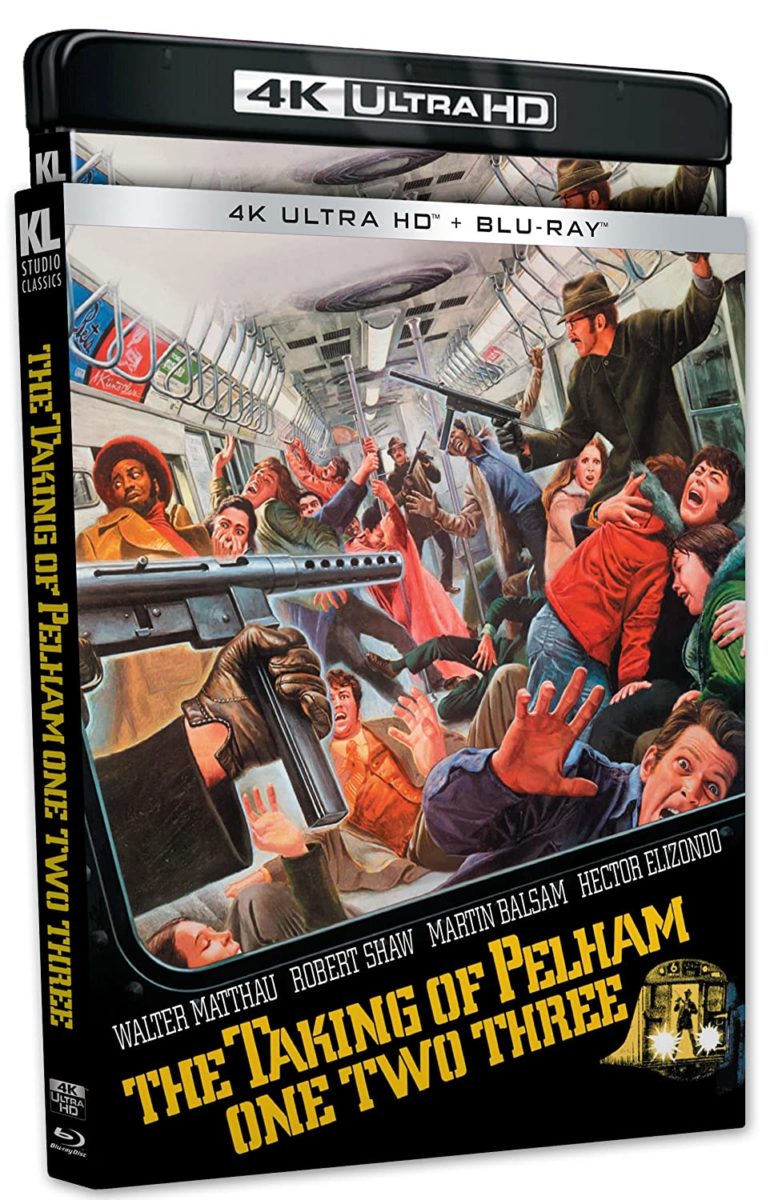
- The Taking of Pelham One Two Three (4K)
- The Tales of Hoffmann
- Tinker Tailor Soldier Spy (4K)
- Top Gun: Maverick (4K)
- Top Secret
- Touch of Evil (4K)
- Time
- Tropic Thunder (4K)
- The Untouchables (4K)
- The Virgin Suicides (4K)
- Vive l’amour
- Walker
- Wall-E (4K)
- Wheel of Fortune and Fantasy
- The Worst Person in the World
- Written on the Wind
Books
Christopher Schobert, our resident book expert, has compiled his favorite filmmaking books of the year. Happy reading!
Blood, Sweat & Chrome: The Wild and True Story of Mad Max: Fury Road by Kyle Buchanan (William Morrow)
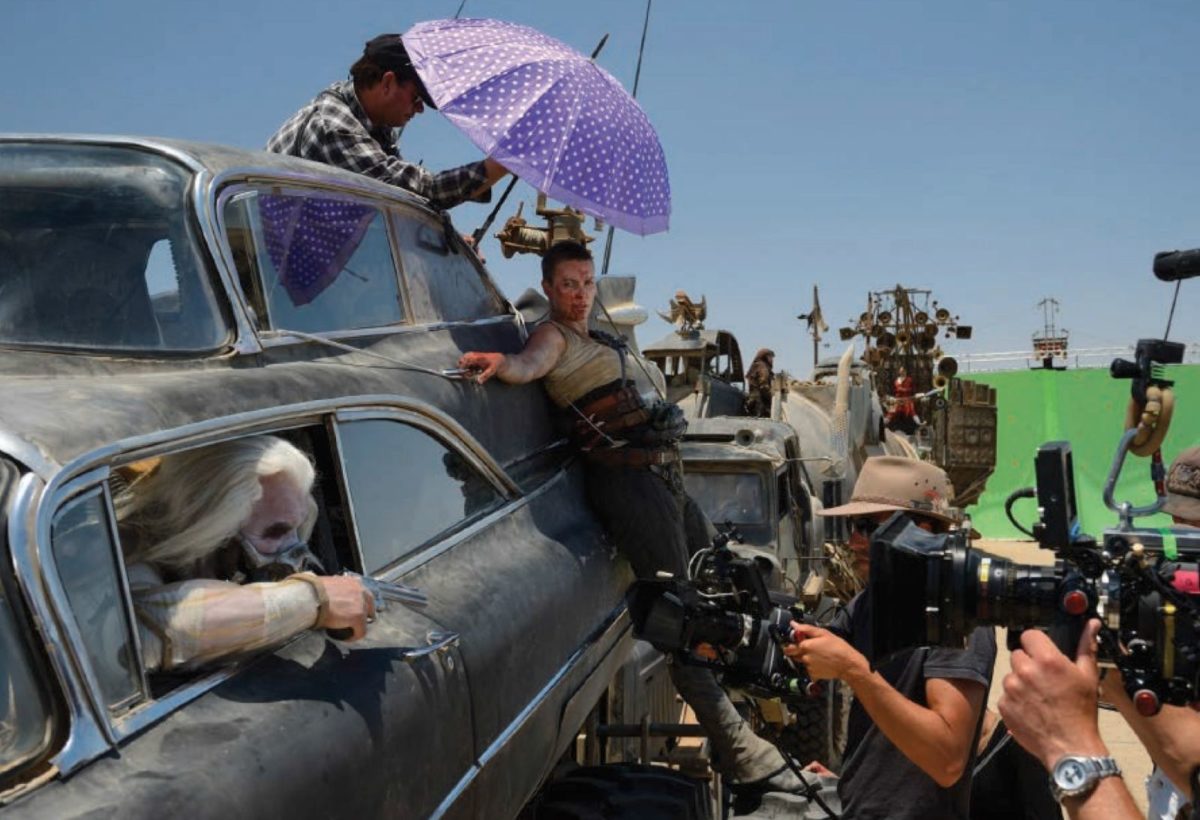
“My name is Max. My world is fire and blood.” So began George Miller’s Mad Max: Fury Road, a modern masterpiece that is as daring, audacious, and immaculately crafted as any film ever made. But the creation of this follow-up to Miller’s Mad Max trilogy was, shall we say, complex—and for most viewers, difficult to even imagine. Enter Kyle Buchanan. The ever-quotable reporter and awards-season columnist for the New York Times was at Vulture when Fury Road made its long-awaited debut following whispers of on-set trouble. Years later, Buchanan wrote an oral history for the Times to commemorate the film’s fifth anniversary. Now comes a book-length oral history featuring all major players (Miller, Charlize Theron, Tom Hardy) and all behind-the-scenes controversies. That book is Blood, Sweat & Chrome: The Wild and True Story of Mad Max: Fury Road and it is a genuine must-read. This is an essential filmmaking text, one that inspires appreciation for the years of effort that went into the making of Fury Road, and also enhances the viewing experience. (Read a Film Stage interview with Buchanan.)
Ryan’s Daughter: The Making of an Irish Epic (Screen Classics) by Paul Benedict Rowan (University Press of Kentucky)
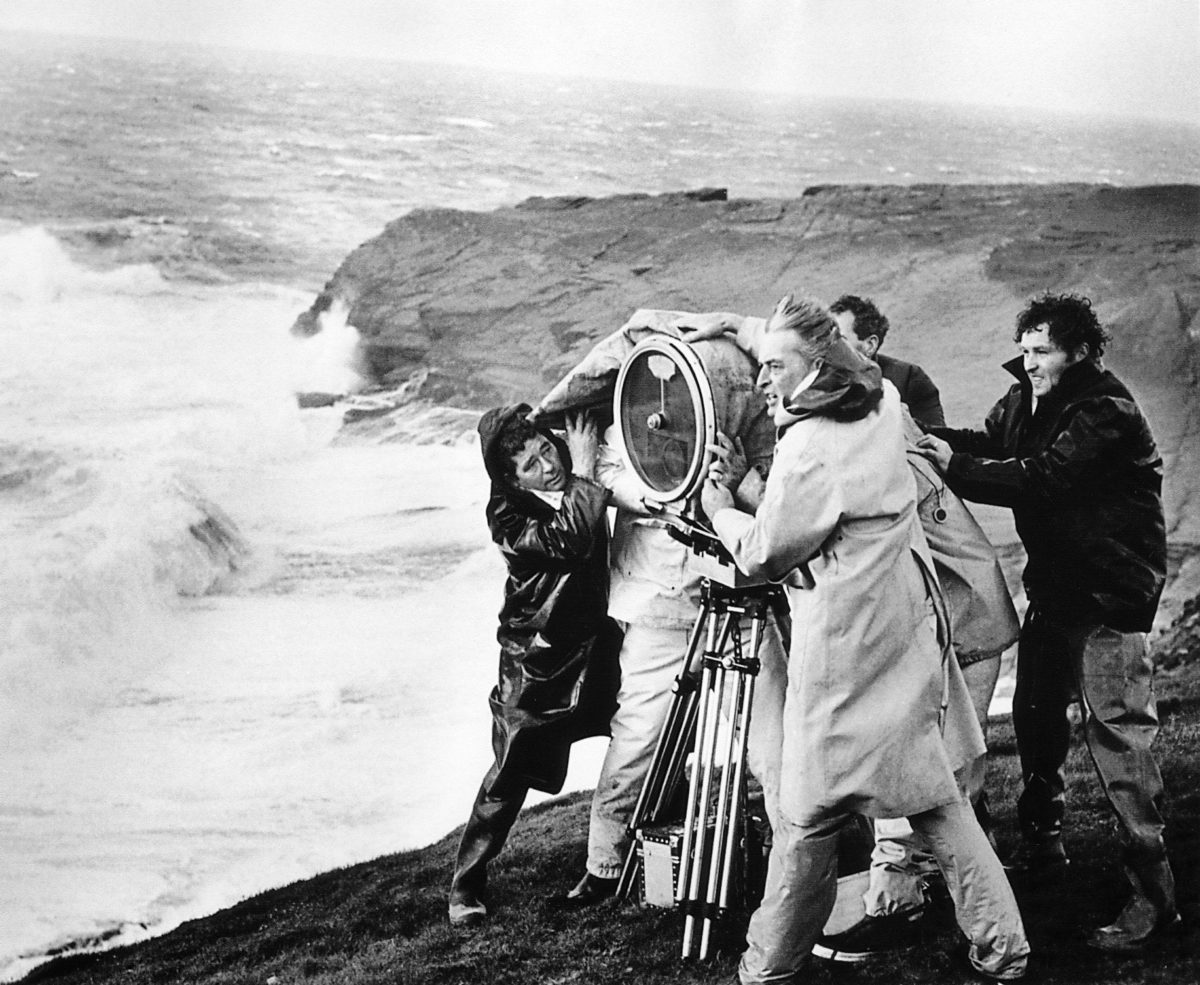
Fifty years after release it might seem surprising that David Lean’s Ireland-set Ryan’s Daughter was such a controversial and criticized work. His sumptuously photographed epic is certainly flawed but has a scale and scope that cannot be denied. Still, as author Paul Benedict Rowan details, the film was not just dismissed but greeted with “epic venom.” This reception followed a troubled and even dangerous production. The breathtakingly researched book ends on a somber note, as an aged Lean overhears Mitchum talking about him in a restaurant. Lean approached the legendary actor, who had not noticed the director in the room: “Hello, Bob. Made any good movies lately?”
Heat 2: A Novel by Michael Mann and Meg Gardiner (William Morrow)
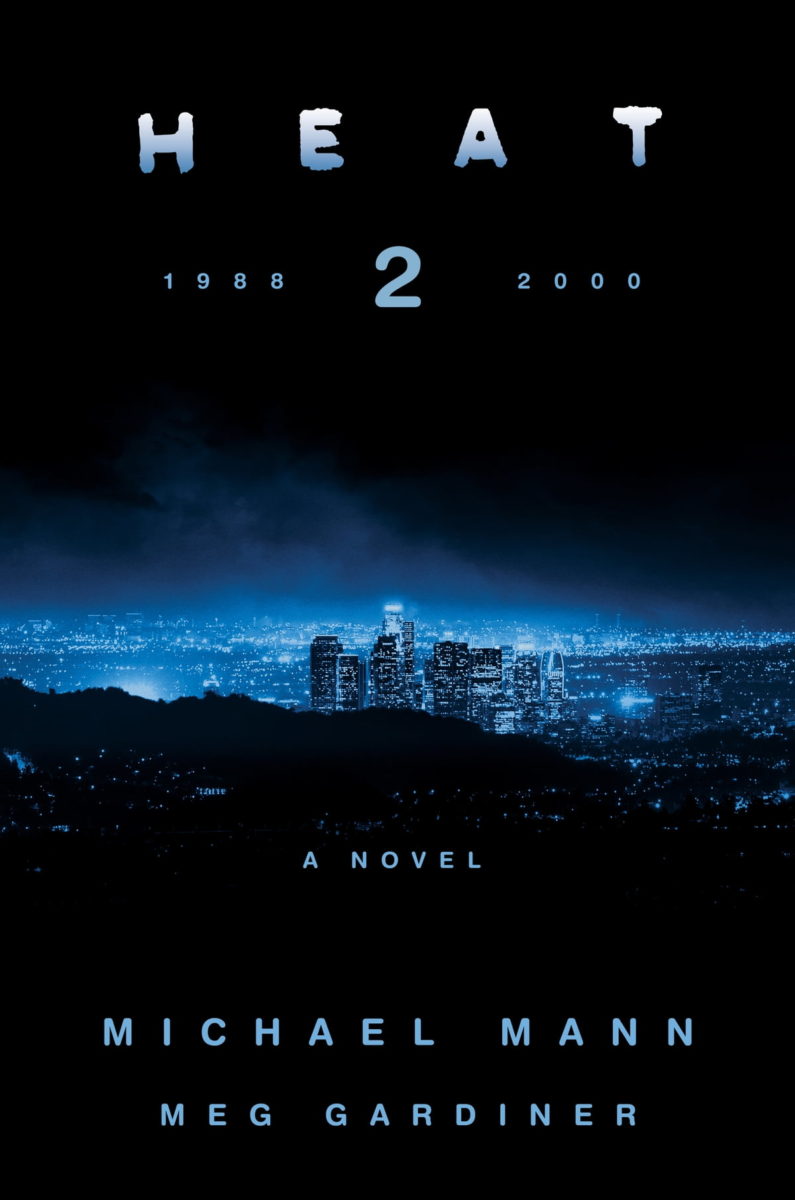
“My whole approach to the writing of this novel was, this is a very big movie,” Michael Mann told the New York Times in an extensive interview. He was not kidding. Heat 2: A Novel, Mann’s stunning prequel / sequel to his 1995 classic, does bear the epic scope of a “big movie.” Co-written with Meg Gardiner, Heat 2 is an intoxicatingly relentless gem. Mann and Gardiner pick up literally minutes after the massive shootout that closes Heat before looking back to the younger days of Vincent Hanna, Neil McCauley, and Chris Shiherlis. Unexpectedly, the most compelling character here is Shiherlis, played so memorably in the original film by Val Kilmer. His progression from a brash novice to a physically and mentally wounded man on the run is oh-so-Mann. Yes, Hanna is larger than life in both eras. And of course the contemplative McCauley remains one of Mann’s most complex figures. But there’s a delightful surprise in how Shiherlis trumps them both. Just as Heat is a film that demands repeat viewings, Heat 2 is a novel to be devoured more than once. It is intoxicating to read it with the knowledge that Mann plans to adapt the novel for the big screen. The book’s generations-spanning size ensure it won’t be easy. But if anyone can pull off such a gargantuan undertaking it’s Michael Mann.
Fire Walk With Me: Your Laura Disappeared by Scott Ryan (Fayetteville Mafia Press)
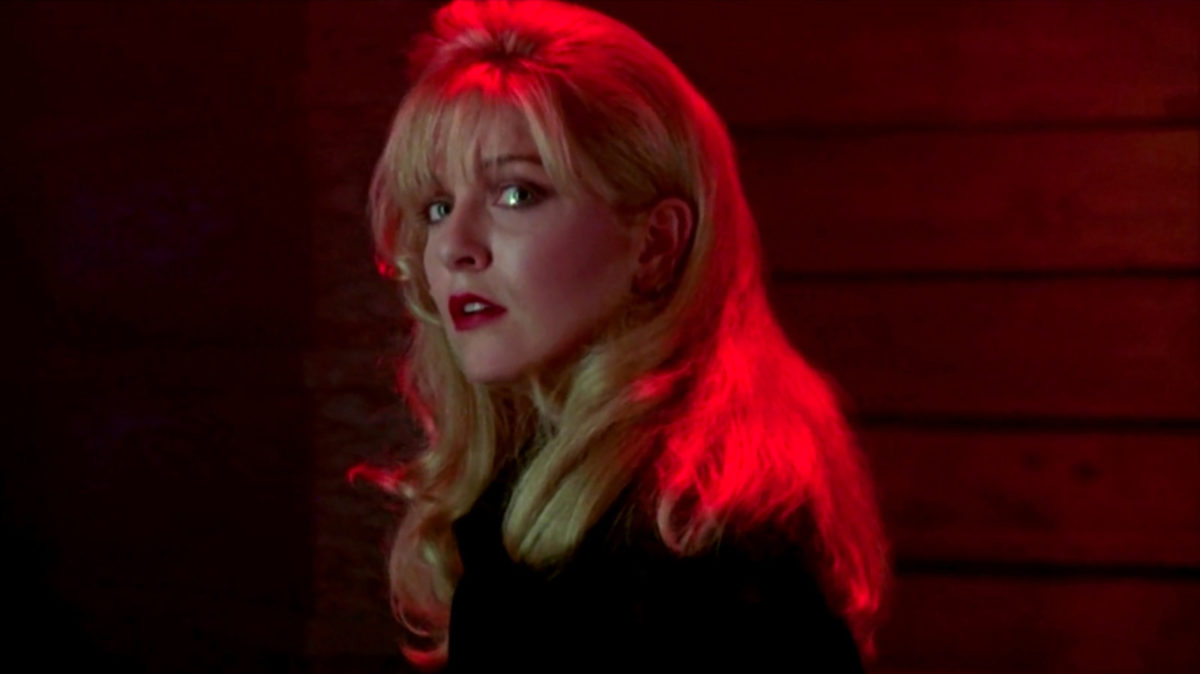
There have been, of course, many books exploring the themes, theories, and pop culture influence of David Lynch’s Twin Peaks. The once-despised, now-Fire Walk With Me: Your Laura Disappeared, understands why: “Everyone I saw the film with on that opening night hated it. Everyone I knew was disappointed in it. Every review I read of the film slammed it.” In the 30 (!) years since release, however, everything changed. Well, everything outside the film itself. “The movie has been reassessed over time even though not a frame of it has changed,” Ryan writes. “It isn’t that the movie changed; it’s just that the audience finally caught up to the story and the difficult art that David Lynch served us.” Your Laura is written with humor and tremendous insight by Ryan, an author whose enthusiasm and genuine joy for uncovering new details about the film is infectious. He has written a book that belongs on the shelf of every Peaks obsessive.
House Of Psychotic Women (Expanded Edition) by Kier-La Janisse (FAB Press Ltd.)
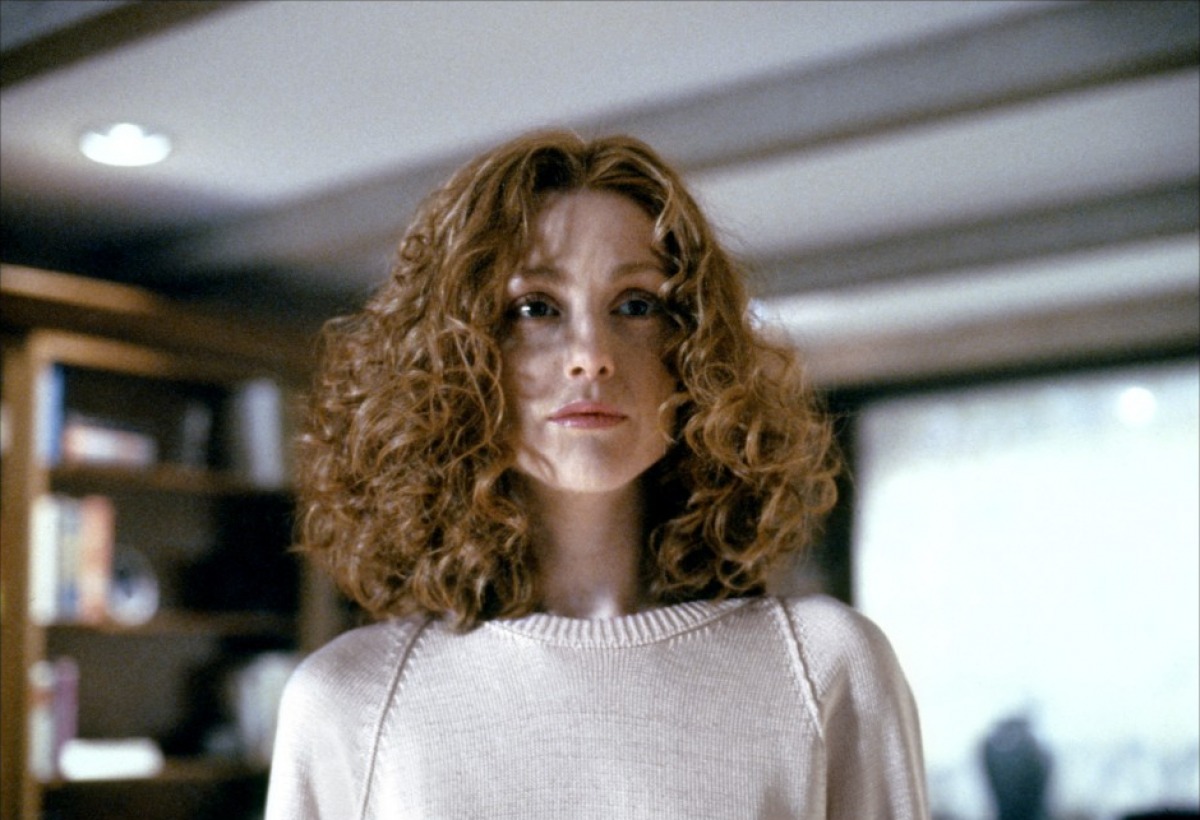
Canadian writer-filmmaker Kier-La Janisse’s Woodlands Dark and Days Bewitched: A History of Folk Horror (reviewed here) was one of the most insightful documentaries of the past few years, but the founder of the Miskatonic Institute of Horror Studies has long been a key voice in film criticism. Her most noteworthy effort, 2012’s autobiographical dive into horror cinema, House of Psychotic Women, is being re-released in a new expanded edition that makes the book even more vital. “An interesting thing happened in the last decade,” Janisse writes in a new preface. “Though I would circle back to the book’s subtitle — namely its emphasis on ‘Horror and Exploitation Films’ — in determining a film’s suitability for inclusion, a unique definition of a ‘House of Psychotic Women’ film was percolating in other critical writings and online discussion. It became apparent that the book had a sizable audience for whom films like Puzzle of a Downfall Child (1970), A Woman Under the Influence (1974), Betty Blue (1986) or Safe (1995) would fit the book’s categorization despite being neither horror nor exploitation.” This, Janisse says, gave her “cause to think that a future edition of this book may be envisioned that eschews that subtitle altogether to embrace a broader range of films.” The ensuing expanded edition features more than 100 new reviews and is, in a word, indispensable.
Cannon Film Guide Volume II: 1985-1987 by Austin Trunick (BearManor Media)
The crown for most fun book of the summer is not up for debate—it is easily Austin Trunick’s second dive into the delightful absurdities released by Cannon Films’ inimitable Menahem Golan and Yoram Globus. Trunick’s first entry (highlighted in this column from October 2020) covered 1980 to 1984. The focus in volume II is just three years, 1985 to 1987 — but what a three years these were. This was the heyday of Chuck Norris and Michael Dudikoff, not to mention Superman IV: The Quest for Peace and Masters of the Universe. Throughout, Trunick writes with passion and humor. While he (and we) love to laugh at Ryan O’Neal’s pained “Oh man. Oh God.” moment in Tough Guys Don’t Dance, he also clearly respects the over-the-top output (including Over the Top) of Golan and Globus. “Cannon’s middle period was a time of unrivaled ambition and excitement, but also a self-inflicted disaster,” he writes. “Those three years at Cannon saw a whirlwind of productivity as wild and chaotic as any ever witnessed in cinema history.” Friends, I can’t wait for volume III.
Cinema Speculation by Quentin Tarantino (Harper)
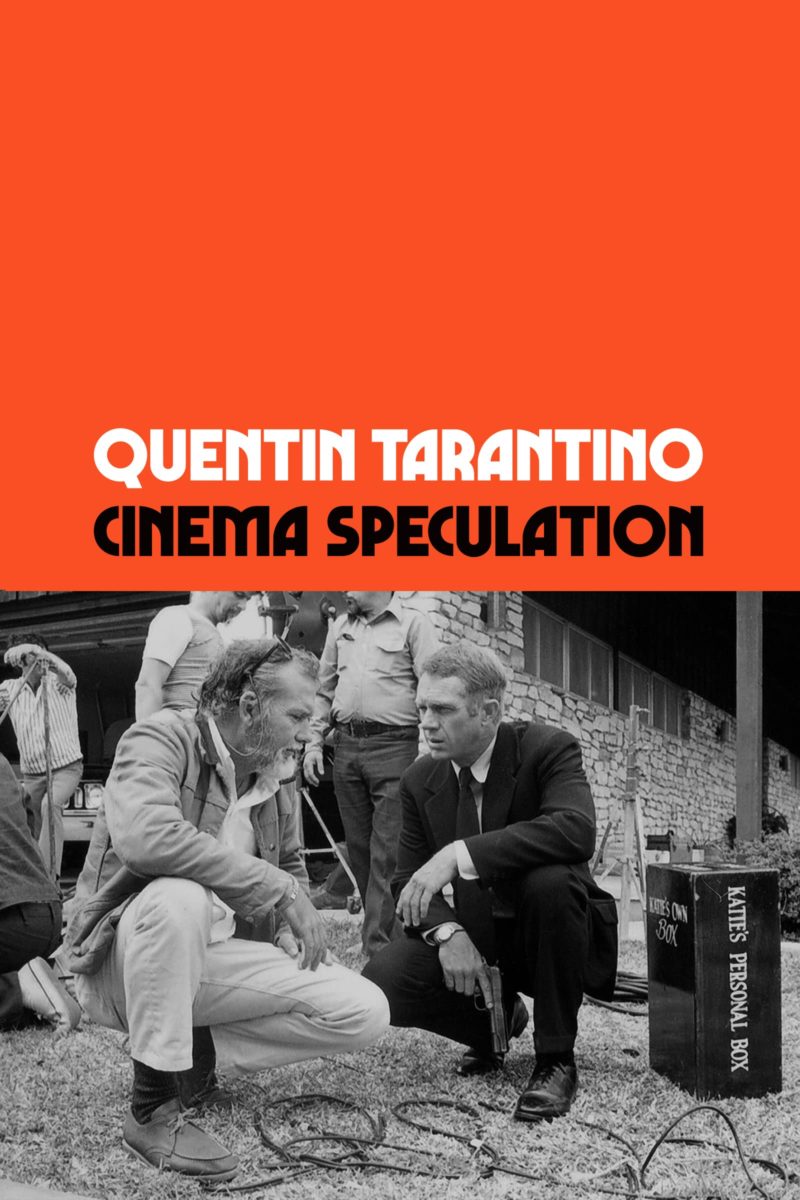
Quentin Tarantino wrote one of 2021’s most notable film-related books, a tremendous novelization of his own Once Upon a Time in Hollywood. He follows that success with what just might be 2022’s best film-related books, Cinema Speculation. It is a collection of essays built around films seen during his adolescence that impacted him greatly. Some, like Deliverance and Taxi Driver, are canon. Others, like 1973 crime drama The Outfit, are not. The experience of reading Speculation is akin to hearing Tarantino zip through his childhood movie habits—the text mostly focuses on films between 1968 (Bullitt) and 1981 (The Funhouse), although references are made to works from all eras of cinema. There are a great many oh-so-Tarantino elements in the writing, of course—the snarky put-downs of the likes of Truffaut, de Palma, and Altman; personal what-ifs (Paul Newman or Gene Hackman as genial bail bondsman Max Cherry?!); some pleasurable name-dropping (tidbits are relayed from conversations with folks like Walter Hill, Peter Bogdanovich, and even Steve McQueen’s first wife, Neile Adams); alternate readings of Invasion of the Body Snatchers and The Getaway; adoration for character actors like Joe Don Baker and Dirty Harry’s Andy Robinson; disappointment with the endings of Heat and Sisters. However, what I found most beguiling about Cinema Speculation is its level of emotion. Some of these examples are memories from his own life, including a life-altering experience seeing Jim Brown in Black Gunn with his mother’s boyfriend. Most affecting is Tarantino’s tribute to doomed Daisy Miller star Barry Brown. He played the title character’s suitor, Frederick Winterbourn, the much-derided Bogdanovich vehicle. Brown is a figure who, in an alternate universe, may have ended up as a QT reclamation project. That was not to be Brown’s fate, sadly: “[T]he year of that film’s release, at the age of twenty-seven, Barry Brown took his own life. Turning all of us who liked Barry Brown, when we watch the end of Daisy Miller, into Winterbourne. Who was Barry Brown? What did it all mean? Am I the only one who remembers Barry Brown? Am I enough?” Cinema Speculation is a sign that if Tarantino does eventually go through with his oft-mentioned early retirement from directing, his second career—author, not actor—will keep his fans thrilled.
The Extraordinary Life of an Ordinary Man: A Memoir by Paul Newman (Knopf)
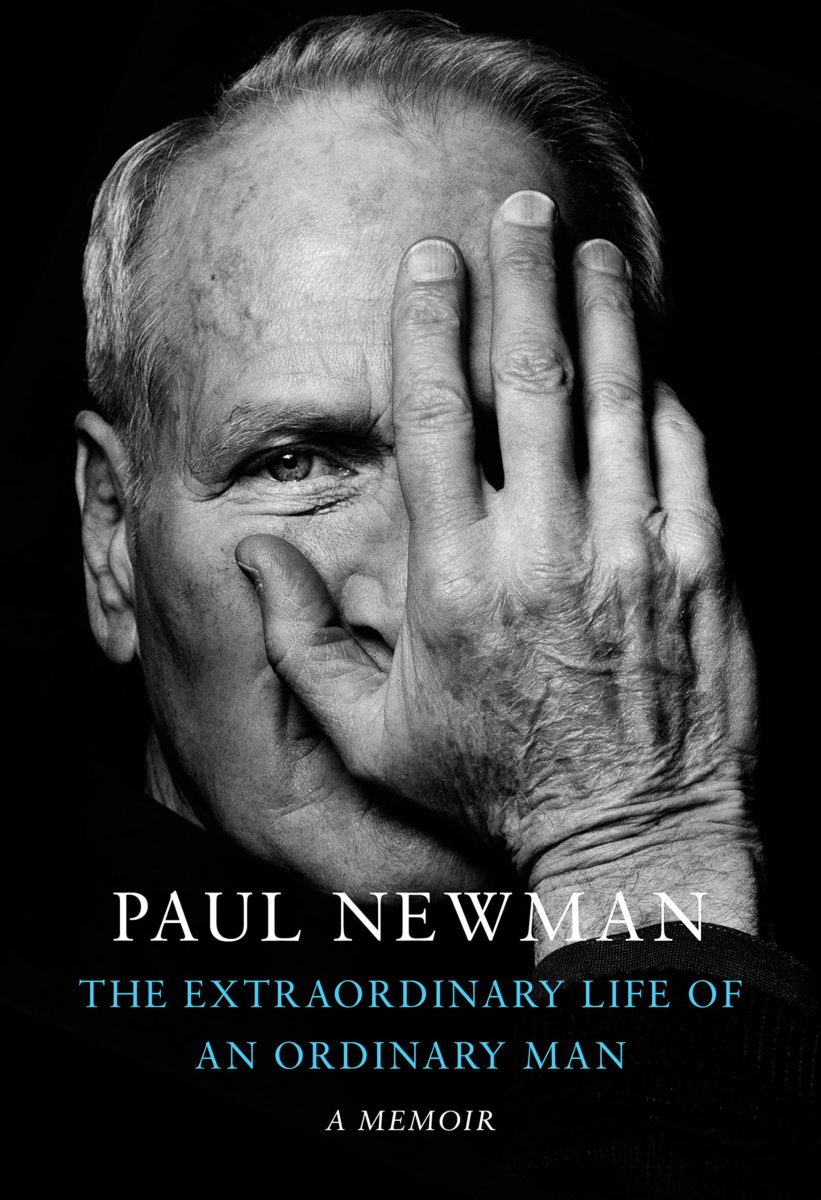
The publishing event of the fall is surely the release of The Extraordinary Life of an Ordinary Man, a newly-revealed memoir-slash-“oral history” by the late Paul Newman. Constructed around interviews by the actor’s friend, screenwriter Stewart Stern, and also featuring commentary from the likes of Tom Cruise and George Roy Hill, the result is incredibly revealing. Newman is startlingly self-critical, especially when it comes to his drinking. (“The alcohol helped fuel a sense that you’d accomplished something,” he writes. “Maybe it was a very false sense of accomplishment.”) Whether discussing his long marriage to Joanne Woodward, his love of auto racing, the tragic death of his son, or his troubled relationship with his mother, Newman’s tone is deeply sad. Rarely has a movie star looked in the mirror with such painful honesty. Still, Ordinary Man is not a depressing read. Rather, it’s a genuinely insightful exploration of life from a greatly missed icon, particularly after Ethan Hawke’s series this past summer.
Tesla: All My Dreams Are True by Michael Almereyda (OR Books)
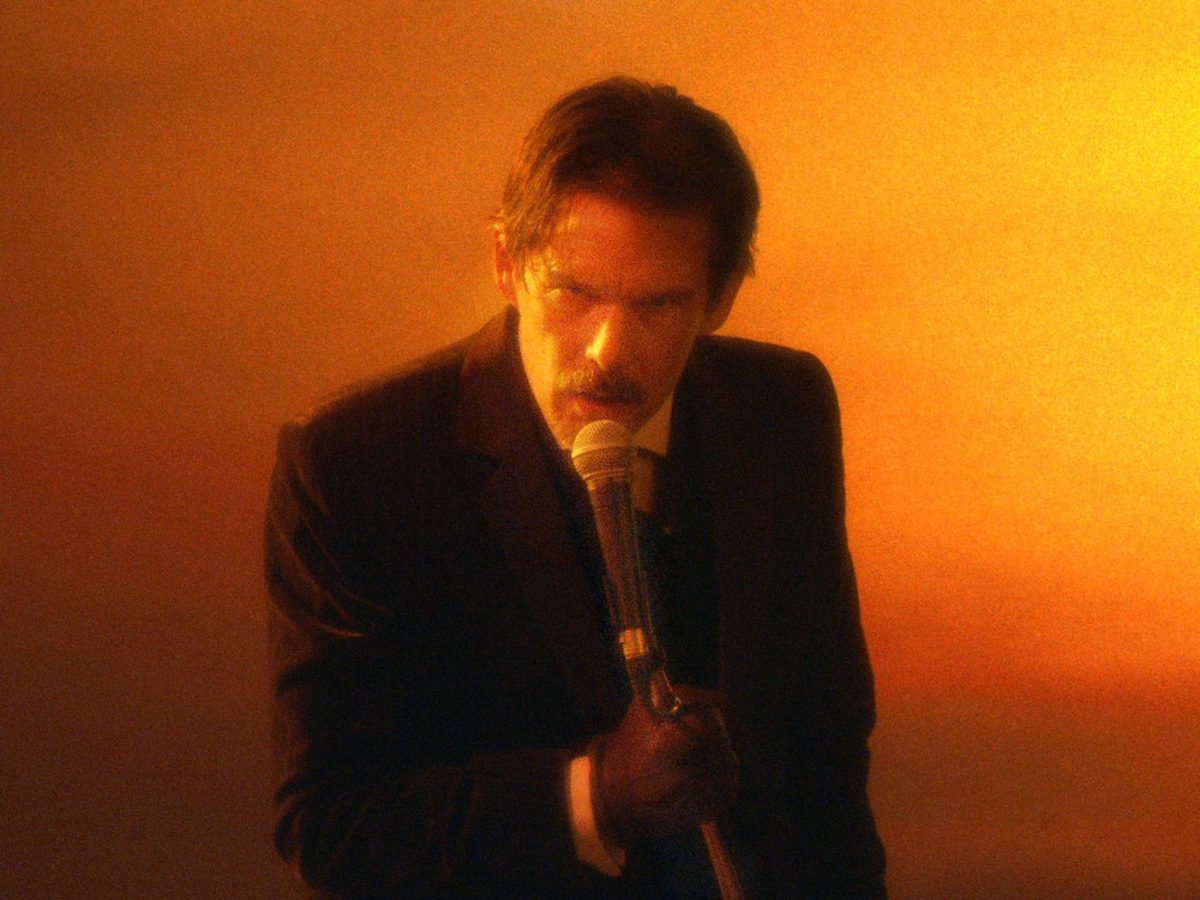
I was not sure what to make of director Michael Almereyda’s Tesla upon release; the offbeat story of inventor Nikola Tesla plays as a sort of anti-biopic, upending audience expectations at every turn. Weeks later, however, I found myself thinking back to Tesla and chuckling over its brilliance. Just as impressive is Almereyda’s Tesla: All My Dreams Are True, an exploration of how the film came to be, why choices were made, and how it fits in the filmmaker’s unique oeuvre. The book is both wildly funny and full of fascinating tidbits. For example, Almereyda recounts how his Nadja backer (and actor) David Lynch at one point pursued a Broadway production about Tesla, with Liam Neeson in the lead. (Eli Roth was employed as an “undercover research assistant, pursuing Tesla lore and arcana on and off for five years.”) More somber is Almereyda’s encounter with late Zappos founder Tony Hsieh, just a few months before his strange death. It is no exaggeration to say that Tesla is unlike any biopic ever made—and Tesla: All My Dreams Are True is unlike any “making of” ever written.
Books for kids, tweens, and teens with an interest in cinema
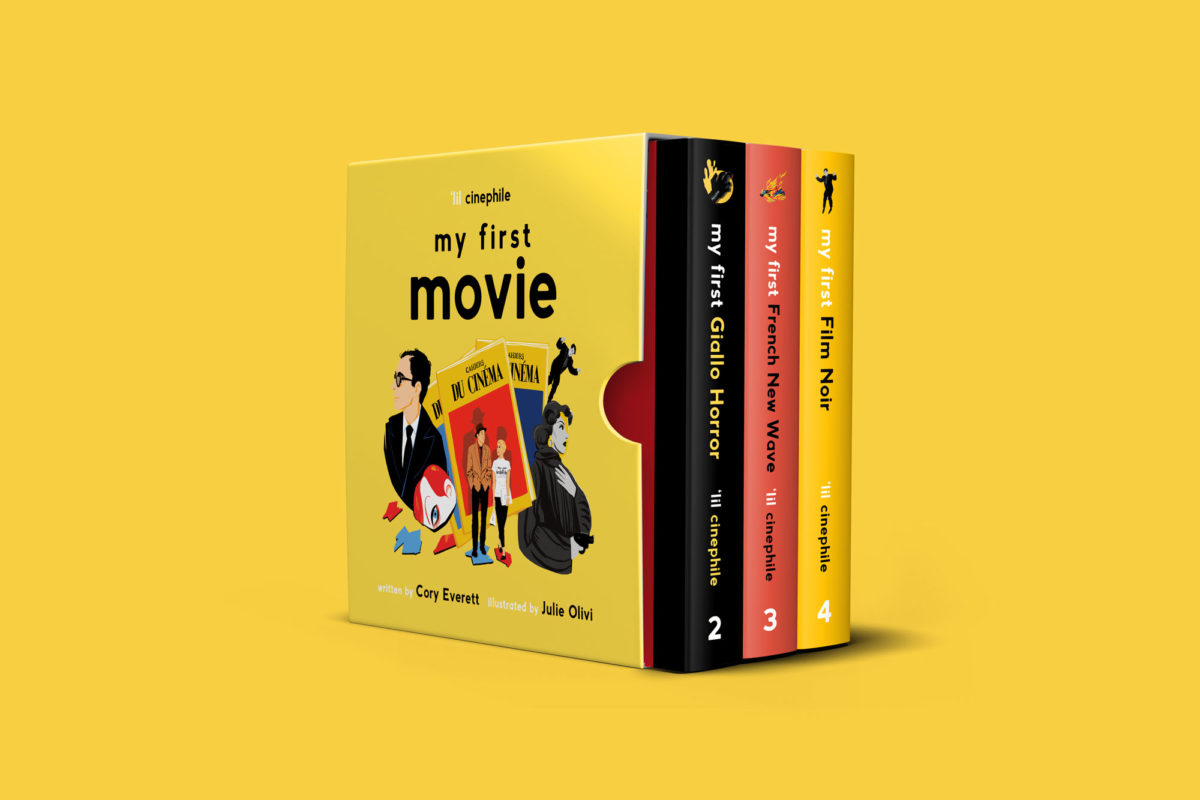
Past readers of this column may recall A Is for Auteur, which was featured in November 2020. This visually delightful introduction to cinema for kiddos—written by Cory Everett and illustrated by Steve Isaacs—was just the beginning. My First Movie is a three-part series diving even deeper, written once again by Everett, who teamed with illustrator Julie Olivi. My First Giallo Horror, My First French New Wave, and My First Film Noir (‘lil cinephile) can be purchased individually or packaged together in a limited-edition cardboard slipcase. Clearly, the ’lil cinephile series will be offering more treats in the years to come, and thank goodness—the kids have to learn about profondo rosso, le novelle vague, and femme fatales sooner or later.
Support Your Local Arthouse Theater
As the future of theatrical distribution, especially in the indie realm, continues to find a footing amidst the pandemic, local arthouse theaters need your support more than ever. Whether it’s a gift membership or certificate, be sure to check out your local arthouse theater to see what they offer this season.
Streaming Service Subscription
After you’ve helped out your local theater, consider a select few streaming services that care a great deal about preserving the art form of cinema. New to the scene is Filmatique, which costs a mere $4.95 a month and features essential work from Christian Petzold, Andrei Tarkovsky, Joanna Hogg, Park Chan-wook, Derek Jarman, Jean-Luc Godard, Jafar Panahi, Bill Morrison, Fritz Lang, Jia Zhangke, Lee Chang-dong, Eliza Hittman, and many more.
As always, one can’t beat the variety and quality found at the Criterion Channel, while MUBI continually champions bold filmmaking voices both old and new, offering some of the year’s best films. For those seeking even more worthwhile gems from across the world, OVID.tv and Film Movement Plus continually present eclectic lineups. With these services, one can not only cut all the cable cords, but also unsubscribe from the plethora of offerings that are more about quantity than quality.
Combining the above two categories, we also recommend a Metrograph membership, which only runs $50 a year and not only includes a number of top-notch streaming offerings, but $7 off in-theater tickets as well.
Film Magazines
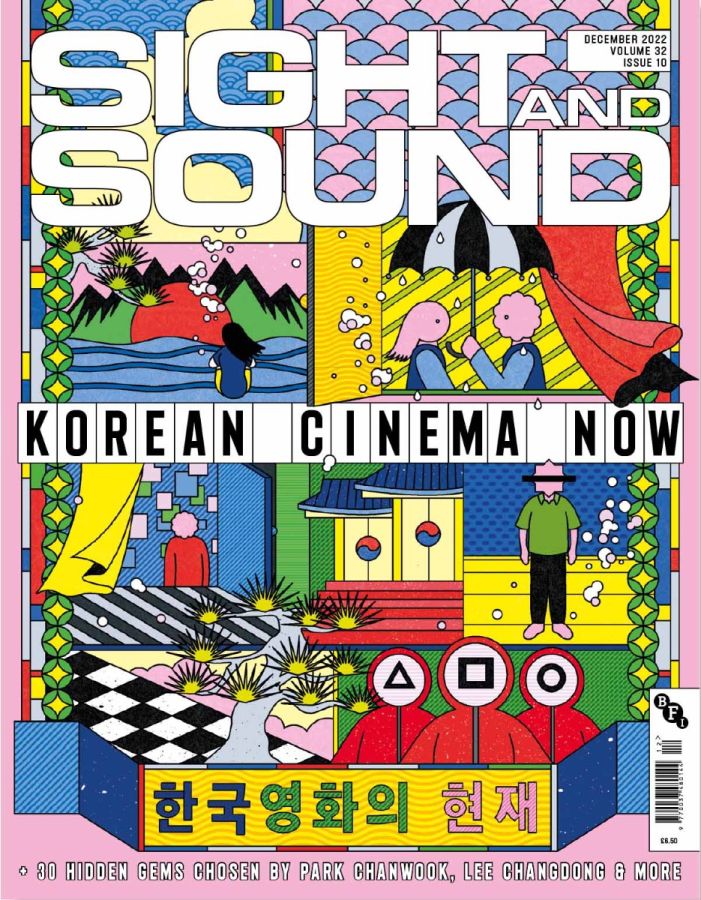
As the world of film criticism continues to evolve, this holiday we recommend supporting outlets offering up some of the finest analysis and consideration of the craft of moviemaking—including Filmmaker Magazine, Cinema Scope, Sight & Sound (certainly a must-read as they prepare the release of their once-a-decade poll), Little White Lies, ASC, and MUBI’s newly launched Notebook Magazine.
Vinyls
On the vinyl music side, one can pre-order Hildur Guðnadottir and Cate Blanchett, and Sophie Kauer’s TÁR concept album ahead of a release early next year. Released at the tail end of last year, an incredible 10-LP set of Ennio Morricone westerns soundtracks, including Once Upon A Time In The West, A Fistful of Dollars, and The Good, The Bad and The Ugly is a must-own, if you have the denaro. A gorgeous vinyl release for Nicholas Britell’s Moonlight score in honor of its 5th anniversary is now available, along with the soundtrack for Nobuhiko Obayashi’s Hausu (House) by Godiego and Mickie Yoshino.
Happy holidays from The Film Stage!

